A note from Siofra
Hello my dear folklore friends, and welcome to another newsletter. I hope you all had a wonderful long weekend. I spent my extra few days off camping at Whitlingham Broad. Its only a 5 minute drive from where I live, but I really do feel like I had a holiday.
I was very happy to finally manage to track down the ruin of St Andrew’s church. I’ve been to Whitlingham, many, many times and it turns out I’ve walked past the ruin without even realising it was there. The round tower church had been built on top of a wooded hill and could be seen for some distance. St Andrew’s became redundant in the 17th century and has stood derelict ever since.


In the Victorian era the picturesque ruin had become a popular place for sweethearts to meet for a romantic stroll. At the time it was recorded that the round tower was still intact and that four statues stood atop it. The church’s scenic location eventually became it’s demise when in 1940 the tower collapsed and tumbled down the steep hill.
I don’t usually need an excuse for visiting a ruin, but I had been looking for this particular one for a reason. There is an interesting little bit of local folklore around the old tower, specifically the four statues which once stood at the top. There are several versions of the tale. The first says that they walk around the edge of the tower at midnight, meet, shake hands, and then resume their positions. Apparently this event could only be seen by unmarried persons (an excellent excuse for lots of single people to be at this romantic spot!).
Another version says the stone figures marched at midnight on New Year’s Eve, and in another, the effigies were angels and “…when these angels heard the clock strike midnight on Christmas night, they changed places.” Sadly there are no signs of the statues now.
As I mentioned earlier, I had walked past the ruin several times without knowing. It’s right at the top of a hill and covered in greenery, so not easy to spot from the road below. A visit does involve a little fence hoping and it’s worth bearing in mind that the ruin appears to be quite unstable so do be very careful if you do decide to go along. We clamboured up the hill, only to find there is a much easier route just around a corner, where a loosely locked gate and road lead up to the ruin.
Siofra 💚
Norfolk Folklore Society presents…
Stone Wizard: The South Dorset Ridgeway
Earlier this month Alex, also known as Stone Wizard, gave us a splendid talk about his recent walk along the South Dorset Ridgeway. We recorded it for your listening pleasure. Please bear in mind that this is a recording of a live event so comes with added audio texture (I may have just made that term up). Be prepared for the odd bump or knock!
You can pick up copies of Alex’s artwork HERE
St Mark’s Eve: ‘Halloween in the Spring’
In this newsletter we look at St Mark’s Eve, the springtime equivalent of Halloween which takes place on April 24 and into April 25, the feast day of St Mark. It was widely marked in Norfolk.
The patron saint of Venice, St Mark was one of Jesus Christ’s disciples and believed to be the author of the Gospel of Mark: his relics were moved to Venice in 828AD, where they attracted pilgrims from around Europe.
St Mark was the patron saint of lions, lawyers, stained glass makers, notaries, opticians, pharmacists, painters, secretaries, interpreters, prisoners and people bitten by insects.
He was also linked to one of England’s most ghoulish pieces of folklore.

Quite why St Mark’s Eve is associated with divining the future is unknown, but the saint was associated with love and loss, its a night when it was believed you could discover your future love or see who you would lose in the coming year.
It was believed that if you carried out a rite correctly, and stood silently in your church’s porch, you would see those destined to die in the next year pass by you and into the building.
In 1827, in Hone’s Every-Day Book, it was written: “Those who are to die soon enter the first and those who will almost survive the year do not approach until nearly one o’clock. If the person is drowned, his representative will come as if struggling and splashing in water, and so on for other cases of premature death.”
The author added that those who would become gravely, but not fatally, ill during the year would come to the door and peep inside, but not enter.
A Nottinghamshire woman was excommunicated in 1608 for ‘church watching’ on April 24 to try and see the dead approach her local graveyard ahead of their deaths in the coming year. The priest issued the edict for “watching upon Sainte Markes eve at nighte in the church porche by divelish demonstracion the deathe of somme neighbours within the yeere.”
On the day after the night before, St Mark’s Day, there were blessings given to newly-sown crops and rejoicing that summer would soon be returning. The blessings remind us of an even earlier festival, that of Robigalia, a Roman celebration intended to appease the mildew spirit and keep the crops healthy.
Whatever you ask for this St Mark’s Eve, be careful: no one wants to see their own ghost foretelling their death within the year.
April 24: St Mark’s Eve love lore
The Norfolk Garland recounts a method of love divination which involves making “a species of dreaming bread” called ‘Dumb Cake’ from a mixture of salt, wheatmeal and barleymeal.
“It must be baked before the fire a little before 12pm at night. The maker of the cake [an unmarried woman] must be quite alone, must be fasting and not a word must be spoken. By some girls, it is believed that exactly at 12pm, the sweetheart will come in and turn the cake. But the more general formula is to cut the mystic viand [item of food], when baked, into three divisions, a part of each to be eaten and the remainder to be put under the pillow. When the clock strives 12, the damsels must go upstairs backwards and jump into bed, keeping a profound silence whatever may happen. Those who are to be married, or are full of hope, fancy they see visions of their future husbands hurrying after them; while those who are to live and die old maids see nothing at all.”
There was also a belief that if a group of young women set a row of nuts on the hot embers of the hearth and quietly breathed the name of the one they loved into the fire, if the love was set to be true, the nut would jump away as it got hotter. If it was consumed by flames, the love was not to be: “If you love me, pop and fly. If not, lie there silently…”
Graveyard premonitions
It was the custom in villages in England, including those in Norfolk, from the 17th to 19th century to sit in their church’s porch on St Mark’s Eve, April 24. Silence had to be kept between the bell tolling at 11pm and when it rang again at 1am. Some accounts said that the watchers should also be fasting, or that they should circle the church before taking up position.
The ghosts of those who would die in the village within the next year would then be seen passing through the porch and into church: if you were really unlucky, you might see yourself making the journey. In a piece written from advice given by the Wise Woman of Irstead, it said: “Persons curious about the death of their fellow parishioners have been known in Norfolk to watch the church porch on St Mark’s Eve, to ascertain who will be taken from his world in the coming year. The belief on this subject is that the apparitions of those who will die, or have any dangerous sickness, in the course of the following year, walk into the parish church at midnight on the 25th of April. Infants and young children not yet able to walk are said to roll in on the pavement. Those who are to die remain there, but those who are to recover return after a longer or shorter time, according to the continuance of their future sickness.”
Some believed that you would need to carry out this ritual on three successive St Mark’s Eves before it would work, and that on the third, you would see the grim procession of the dead.
'Tis now, replied the village belle, St. Mark’s mysterious eve, And all that old traditions tell I tremblingly believe; How, when the midnight signal tolls, Along the churchyard green, A mournful train of sentenced souls In winding-sheets are seen. The ghosts of all whom death shall doom Within the coming year, In pale procession walk the gloom, Amid the silence drear. – James Montgomery, “The Vigil of St. Mark.”
Eight other St Mark’s Day practices
If you pick 12 leaves of sage while the clock strikes midnight on St Mark’s Eve, you will see your former spouse
Witches and those who have sold their soul to the devil must go around the church in their village backwards three times, look in the keyhole and say certain words or they will lose their power
If you fall asleep during the St Mark’s Eve ritual, you will not wake up the next morning
You can see the face of your future spouse on your smock or shirt if you hold it
before the fire on St Mark’s Eve
In Venice, rosebuds are exchanged on St Mark’s Day as a symbol of eternal love
In Chamber’s Book of Days, written in 1894, a tradition was mentioned which
involved spreading ashes on the hearthstone overnight on St Mark’s Eve and waiting to see if a footprint would be impressed in them on waking the next day. You would then try to match the print to the person…
Some farmers would not touch the earth on St Mark’s Day as it was considered to be bad luck (although women were allowed to sow carrots on April 25, which encouraged GOOD luck)
In Lithuania, prayers were said beside all the crosses in the village cemeteries to
send good wishes to the dead and ask for a good harvest.
Norfolk Cuckoo folklore
In Norfolk folklore, hearing a cuckoo would mean that what you were doing as you heard the bird’s call would be what you would do all year. You can expect the first call at any moment – make the most of it, the cuckoo only utters its distinctive call for a short period.
Another belief was: “you go into the garden, a cuckoo flies overhead – a death. A crow flies round the house, another death. The crow and the cuckoo settle on the house where already a hawk has perched, three deaths.”
The luckiest day of the year to hear the cuckoo is believed to be April 28 – you should always turn the money in your pocket or purse when you hear a cuckoo’s first call, but to do it on April 28 ensures prosperity for the whole year.
An old saying has it that “the cuckoo sings from St Tiburtius to St John”, or from April 14 to St John’s Day on June 24. Cuckoos were once known as St Mark’s Gowk, due to the likelihood of hearing one on April 25: “When the cuckoo sings in an empty bough, keep your hay and sell your cow…”
Norfolk Folklore Society A-Z: A is for Arminghall Henge
A footpath from White Horse Lane just outside Norwich leads into a wide meadow which dips and rises as if the turf has been laid haphazardly by a giant.
Spanned by pylons leading to a humming electricity sub-station, and ringed by train lines and the drone of the Southern Bypass, you have to work hard to tap into the old magic. But it is there, hidden in those dips, the echoes of our ancestors rising once a year to greet the winter sun.
This site was discovered from the air in 1929 by Wing Commander Gilbert Insall VC, who spotted circular cropmarks on a flood bank of the River Tas below its junction with the Yare. A week later, prehistoric Britain expert and archaeologist Osbert Guy Stanhope Crawford visited the site but it was not until 1935 that it was first excavated.
Arminghall’s hidden henge is surrounded by ring ditches, banks and funeral barrows within one of the densest collections of Late Neolithic and Early Bronze Age monuments in Eastern England. Its significance cannot be underrated.
Sir John Grahame Clark’s original excavation established that the circular rings spotted from the sky were two ditches, with the soil between them heaped up to form a bank. A viewing platform, archaeologists believe.
In the middle of the rings would have been a wooden henge. Eight huge tree trunks up to 10m tall that dwarfed the people who stood below them.
Underground, the dead are with us at this sacred spot, albeit likely in the form of dark shadows, the traces of poorly preserved bones that have crumbled to dust over many millennia.
Arminghall henge is believed to have been aligned with Chapel Hill to the south-west, now obliterated by the London to Norwich railway line, where in midwinter, the sky offered a gift to those who watched it.
Here was a magical gateway to a winter wonderland: as the Winter solstice sun set, if you viewed it from what was once a mighty henge, it set down the slope of nearby high ground, like a ball of fire rolling down a hill and into the river.
Do you have a story for the Norfolk Folklore Society? Email us at norfolkfolkloresociety@gmail.com
Our next podcast will be released on May 1, and look out for details of our next NFS talk, coming soon!






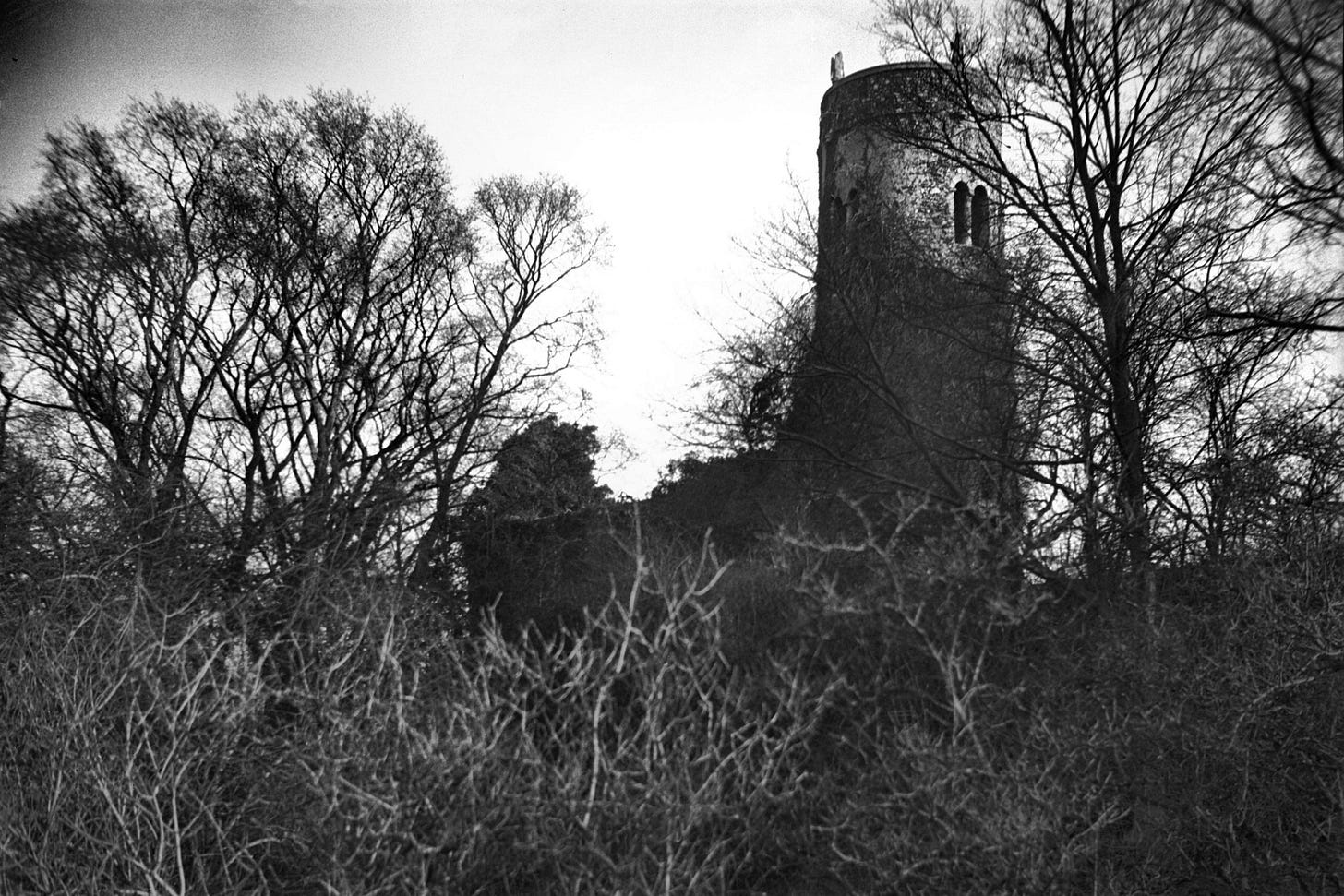
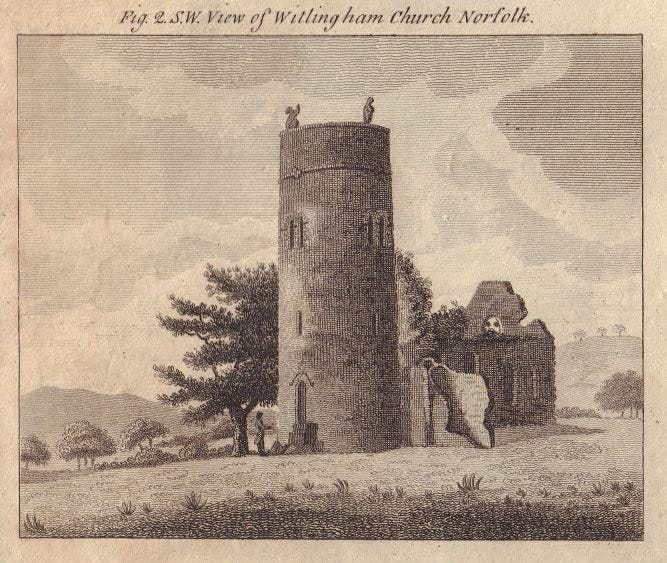
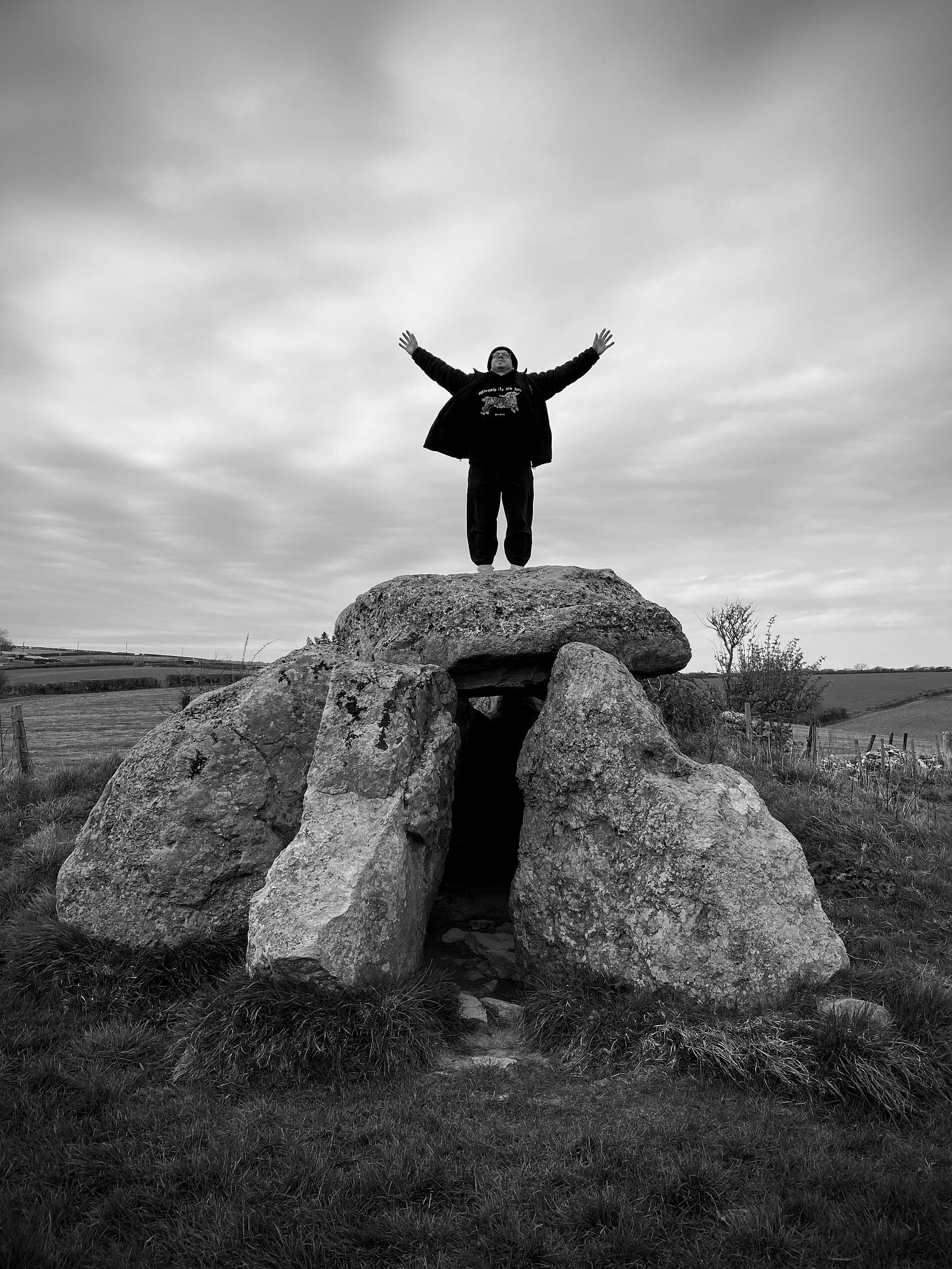
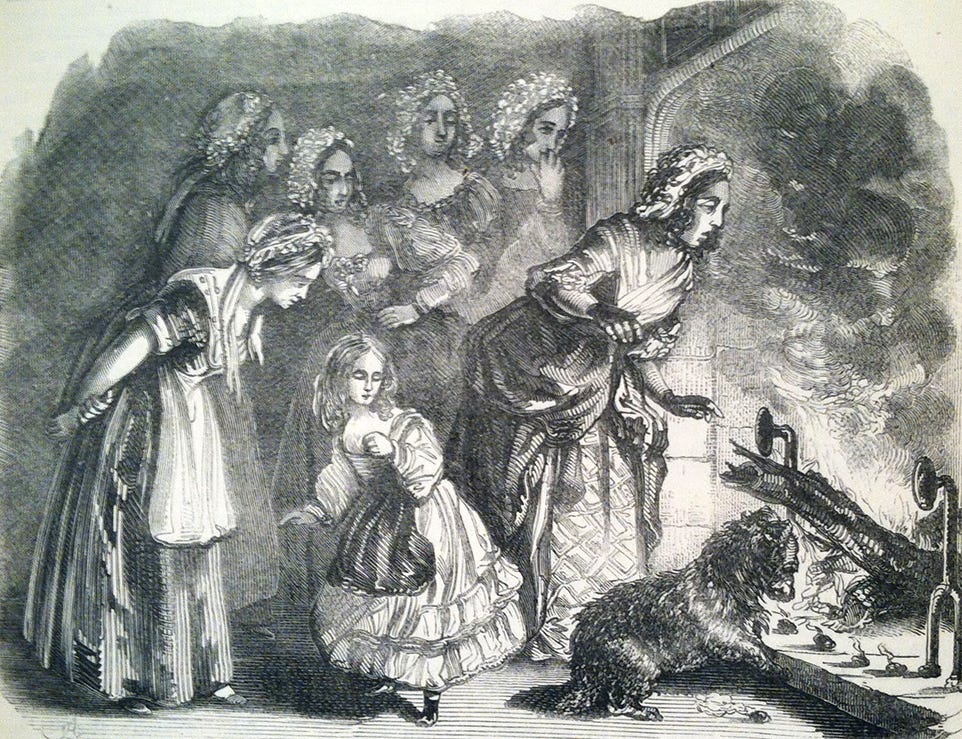



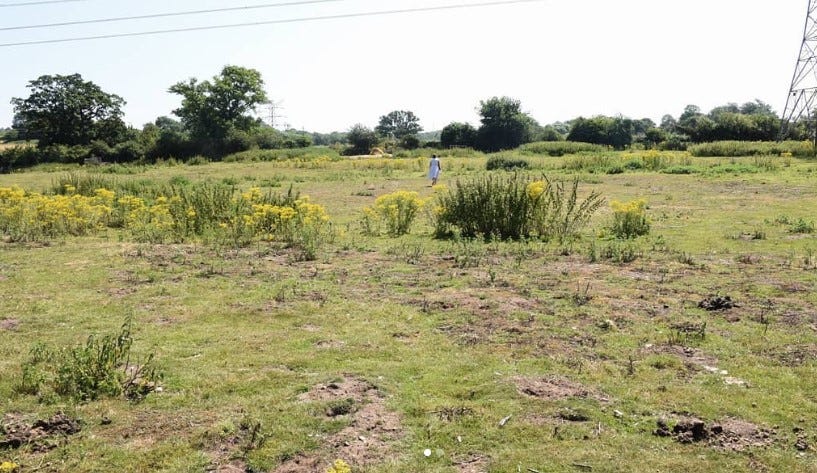
Thank you another great newsletter 💜